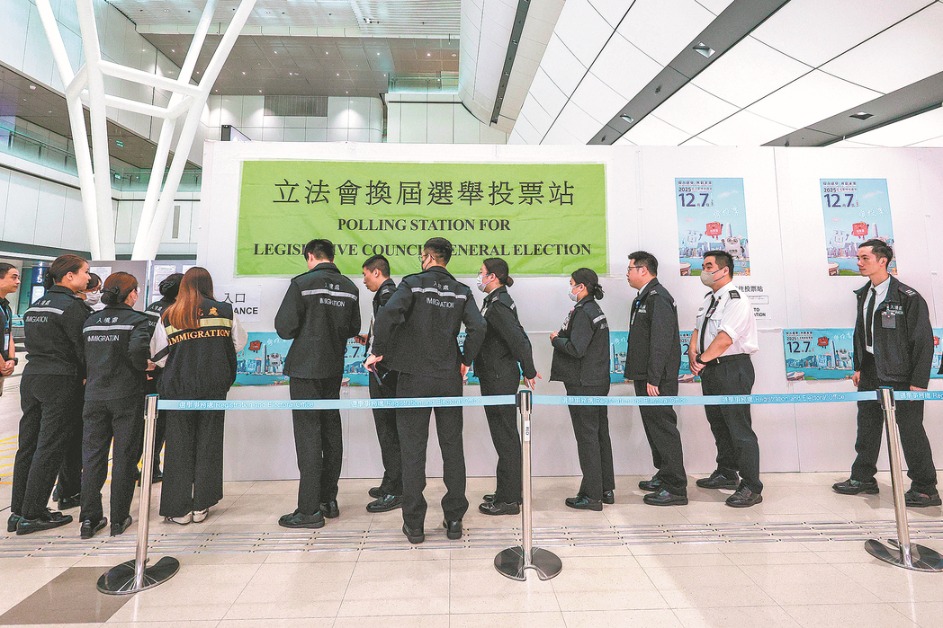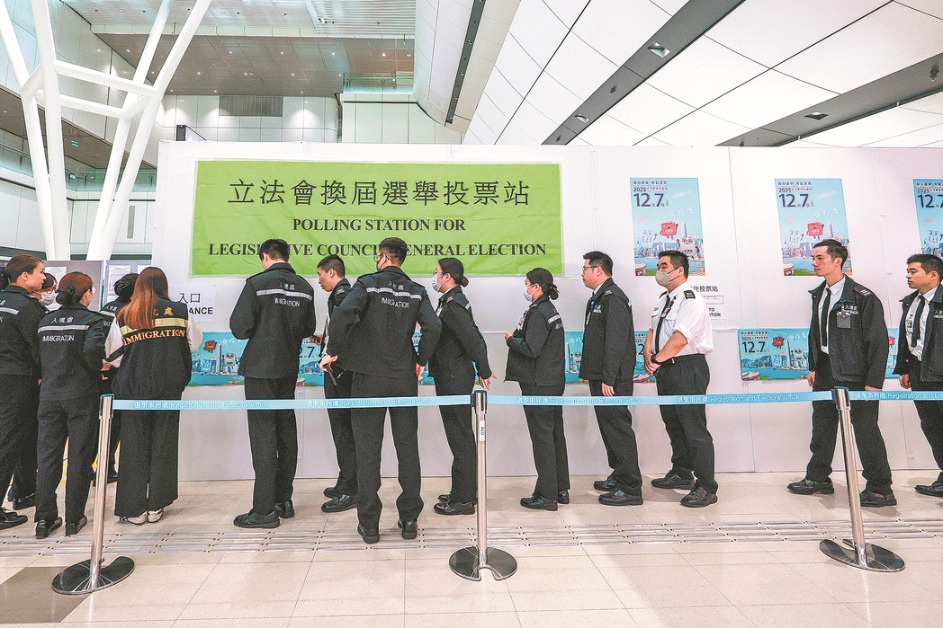Stores offer 'experiences' to fend with internet
By BELINDA ROBINSON in New York | China Daily Global | Updated: 2019-09-03 00:04

Spending a Saturday afternoon shopping at a US department store used to be a favorite pastime in America. But stepping foot in a store has long been replaced with point-and-click from the comfort of home or anywhere.
The shift in consumer behavior in favor of online buying knocked down sales at US department stores 20 percent from 2017 to 2018, according to the US Census Bureau.
Now, American department stores — and many stores throughout the world — are trying to reinvent themselves, seeking to offer consumers something they can't get from Amazon or other online sellers: an experience.
They are combining digital technology with meaningful experiences to draw shoppers into their stores. Some, like Saks Fifth Avenue and Bloomingdale's in New York City, are spending millions to make existing stores more attractive.
"Retailers must adapt to a new technology-enhanced environment or go under. Stores (and shopping centers) must get creative to offer enticing experiences that will get consumers off-line and in the stores,'' Mary Gilly, a professor of marketing at the University of California-Irvine Paul Merage School, told China Daily.
In Plano, Texas, a store called Neighborhood Goods is showcasing what the future of retail shopping might look like, according to The Wall Street Journal.
Customers talk with a brand ambassador' about what they would like to buy while sipping on a specially prepared cocktail from a cafe. Customers can complete a purchase using an app and have their purchases delivered by a sales assistant, who knows their in-store location.
The store has no cash registers, and shoppers must scan a barcode to buy things. There is also the option to buy out-of-stock items in-store and have the product delivered home.
"Some retailers (Nordstrom, for example) are using their online site to build traffic to their real-life stores. When consumers come to the bricks-and-mortar store to pick up items they've ordered online, there is always the opportunity to attract them to other purchases, Gilly said.
Nordstrom also lets customers in some stores make returns by dropping their items into a box and walking out — no human interaction required.
Macy's shares are down 35 percent so far this year after dismal second-quarter earnings. But the department store is testing new concepts to increase in-store traffic, including Market @ Macy's, launched last year at the Manhattan store.
It is a pop-up retail experience that offers new and existing brands a chance to showcase their goods in the store.
To capture customers, Macy's and J.C. Penney announced a partnership with the resale marketplace thredUp in August. The deal will see the department stores sell used clothes and accessories at some of their branches.
It comes as buying secondhand clothes, shoes and bags gains momentum among younger shoppers, who are more conscious of recycling.
Bloomingdale's (owned by Macy's), Urban Outfitters and Ann Taylor are launching services that will let customers rent clothes.
Walmart, the world's largest retailer, has embraced "omnichannel'' retail, which blends online and in-store channels to let customers order by text at Walmart.com for same-day deliveries. The service is called Jetblack.
Neiman Marcus' "Snap Find Shop" app' allows customers to take a picture of an item in the store and look for it or similar items online, seamlessly blending online and offline shopping.
Make-up store Sephora's mobile app lets users sample makeup by placing filters over their live selfies to see what it would look like on their face before heading into the store to buy it.
Target's app allows customers to shop in-store and then get a discount on, for example, beauty items, by scanning the items into the app and then paying for the goods at a cash register.
Other ways department stores are taking advantage of technology include using social media to market their brands and promotions, and sending digital coupons.
In-store facial recognition technology is being deployed in several big-box retailers to map out where customers like to stand and where they go after entering the store to determine layouts, according to Forbes.
Big stores realize that they must use their selling points – location, size and scale – to offer "experiences" to entice shoppers, says one expert.
Neil Saunders, managing director of GlobalData, a data analytics and consulting company, told China Daily: "Department stores need to innovate and think about the services people want from a modern-day shop. This goes beyond selling products and involves concepts like food service, beauty spas, classes and events.
"Essentially, they need to differentiate and think of new things to bring customers in. Working with third parties is one of the solutions, but department stores need to do most innovation on their own so they can reap full rewards," he said.
The consequence of getting it wrong means many more stores will either go belly-up or be forced to close branches, data from Coresight Research shows.
At least 7,500 stores will close this year — including Dressbarn, Pier 1, Gap and others – according to Coresight Research. It predicts that that number could increase to 12,000 by year-end.
Another problem for department stores is that some big brands are pulling out.
Ralph Lauren closed about a quarter of its US department store distributions last year. Michael Kors, Coach and others also have announced plans to pull back from their dependence on department stores, preferring to use online stores.
"In many ways, the fate of department stores is in their own hands, and one of the issues is that too many of the chains have not properly invested and evolved their concepts as customer demands have changed," he said.
























